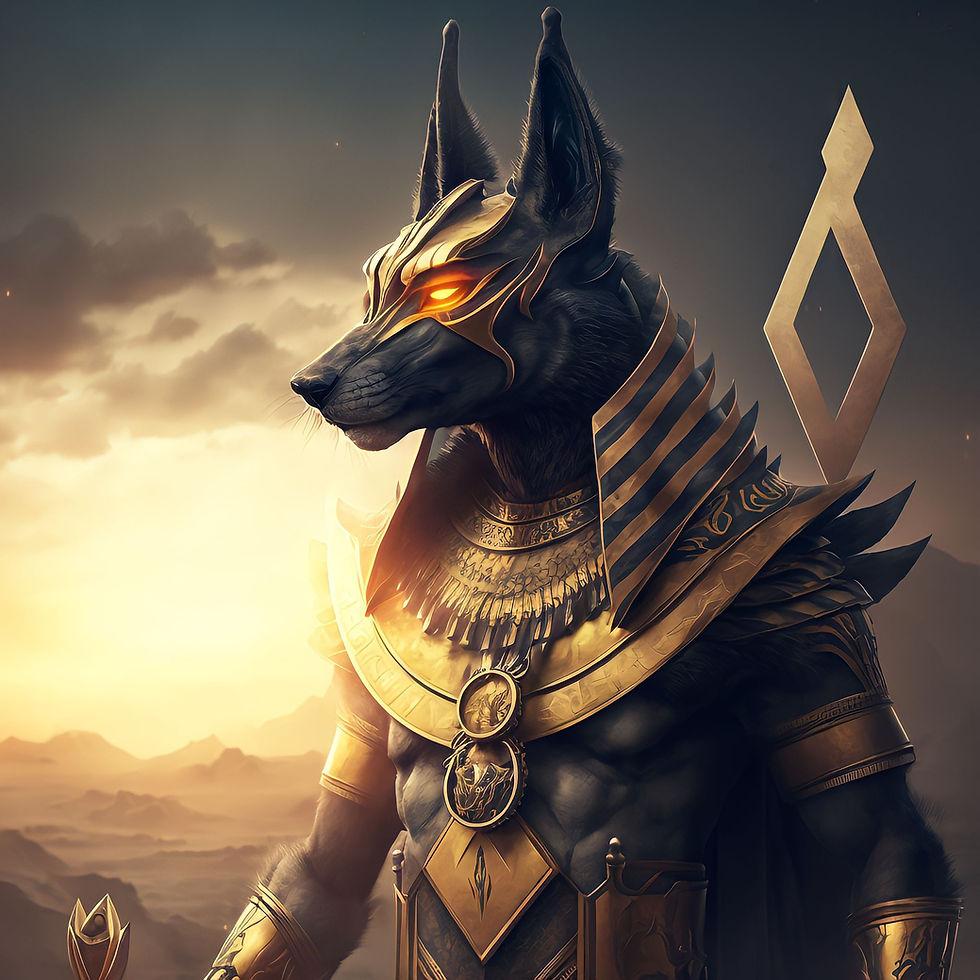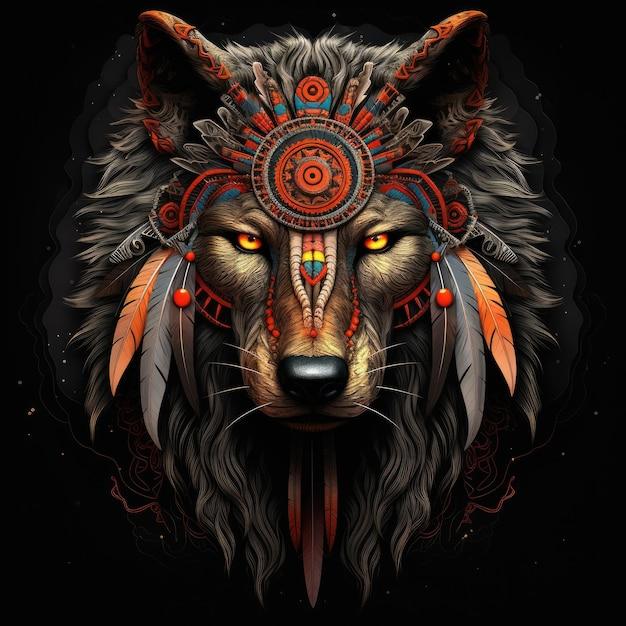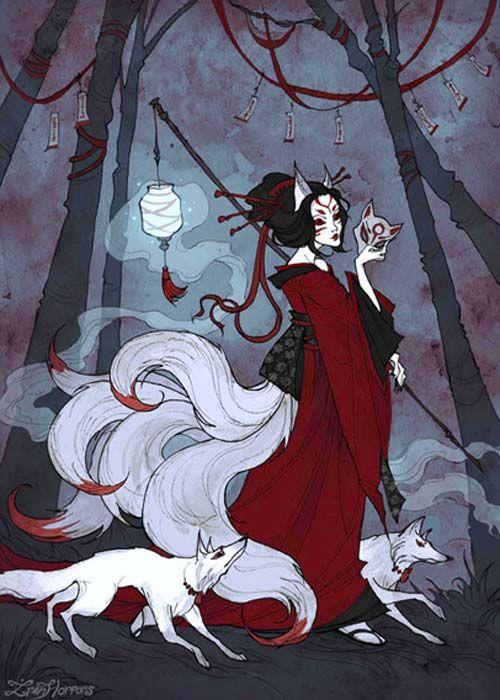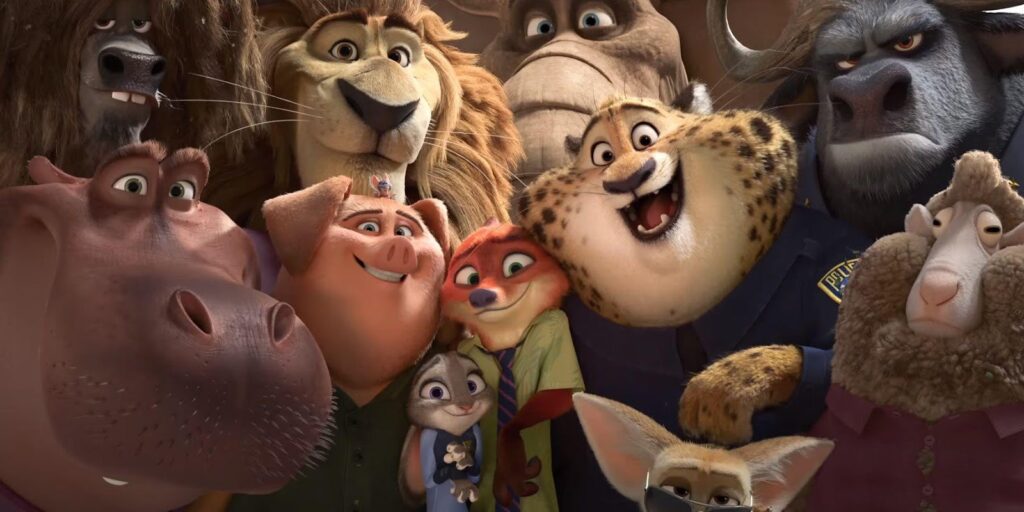Cultural Perspectives on Anthropomorphism in Folklore and Mythology

Anthropomorphism, the attribution of human traits, emotions, and intentions to non-human entities, is a pervasive theme across cultures and time periods. From ancient deities to contemporary storytelling, anthropomorphic figures have played significant roles in shaping narratives, conveying moral lessons, and reflecting societal values. Let’s explore how different cultures depict anthropomorphic characters in their myths and folktales, illustrating the diversity and depth of this literary device.
Ancient Civilizations: Gods and Nature
In ancient civilizations, anthropomorphism was often employed to explain natural phenomena and human experiences through the personification of gods and animals. In Greek mythology, the pantheon of gods, including Zeus, Athena, and Hermes, were depicted with human-like traits, emotions, and relationships. These deities were not only powerful forces of nature but also relatable figures embodying human virtues and vices, making them accessible to the worshippers who sought their favour.

Similarly, in Egyptian mythology, gods like Anubis and Bastet were represented as part human and part animal, symbolizing their divine attributes and roles within the cosmos. Anubis, the jackal-headed god of the afterlife, reflects the ancient Egyptians’ reverence for animals and their connection to the afterlife. This anthropomorphism served to make the abstract concepts of life, death, and the divine more tangible and relatable to the culture’s beliefs and practices.
Native American Mythology: Animals as Teachers
In Native American folklore, anthropomorphism often appears through the portrayal of animals as central figures in creation stories and moral lessons. Trickster figures, such as Coyote and Raven, embody human-like qualities while teaching important life lessons through their antics. These characters are not simply humourous; they reveal deeper truths about human nature and the world.

For instance, the Coyote in many tribes’ stories serves as a representation of adaptability and intelligence, albeit often coupled with foolishness. These tales communicate cultural values, such as the importance of balance, humility, and respect for nature. By giving animals human characteristics, these stories create a bridge between humans and the natural world, emphasizing the interconnectedness of all living beings.
Asian Mythologies: Deities and Spirits
In Asian cultures, anthropomorphism is prevalent in both mythology and folklore, often seen in the depiction of deities, spirits, and supernatural beings. In Hinduism, gods like Ganesha, with an elephant’s head on a human body, exemplify the blending of human and animal traits. Ganesha symbolizes wisdom, intellect, and the removal of obstacles, illustrating how anthropomorphic figures can convey complex ideas in relatable forms.

Similarly, in Japanese folklore, the concept of yokai encompasses a variety of supernatural creatures, many of which exhibit human characteristics. From the playful kitsune (fox spirit) to the mischievous tanuki (raccoon dog), these anthropomorphic beings reflect the rich tapestry of Japanese culture, where the boundaries between the human and the supernatural are fluid. The yokai serve not only as entertaining stories but also as metaphors for human behaviour and societal norms.
Modern Interpretations: Anthropomorphism in Literature and Media
In contemporary literature and media, anthropomorphism continues to thrive, often as a way to engage audiences with complex themes. From George Orwell’s Animal Farm to contemporary animated films like Zootopia, anthropomorphic characters are used to explore societal issues, such as politics, discrimination, and morality.
In Animal Farm, Orwell employs anthropomorphism to critique totalitarian regimes and the corruption of revolutionary ideals. The animals on the farm, with their distinct personalities and human-like struggles, serve as allegories for human society, illustrating the ease with which power can corrupt.
Similarly, Zootopia uses anthropomorphic animals to address themes of prejudice and diversity. By placing animals in human-like societal roles, the film encourages viewers to confront their biases and consider the complexities of identity and acceptance. This modern twist on anthropomorphism allows for a fresh exploration of age-old themes while remaining relevant to contemporary audiences.

The Universal Appeal of Anthropomorphism
Across cultures and time periods, anthropomorphism serves as a powerful storytelling device that transcends language and societal barriers. By imbuing non-human characters with human traits, storytellers can create relatable figures that resonate with audiences, conveying moral lessons and cultural values in engaging ways.
The diversity of anthropomorphic figures in folklore and mythology reflects the shared human experience, highlighting universal themes of identity, morality, and the connection between humanity and the natural world. From ancient gods to modern characters, anthropomorphism remains a vital part of cultural storytelling, inviting audiences to explore the depths of their own humanity through the lens of the extraordinary.
Also Read: The Dark Side of Anthropomorphism: Analyzing Characters in Horror
Anthropomorphism is not merely a literary device; it is a reflection of how cultures understand and relate to the world around them. Through the ages, anthropomorphic characters in folklore and mythology have helped bridge the gap between the human experience and the larger universe, offering insight into societal values, fears, and hopes. By examining these figures across different cultures, we gain a deeper appreciation for the role of storytelling in shaping human understanding and connection.
–Silviya.Y








